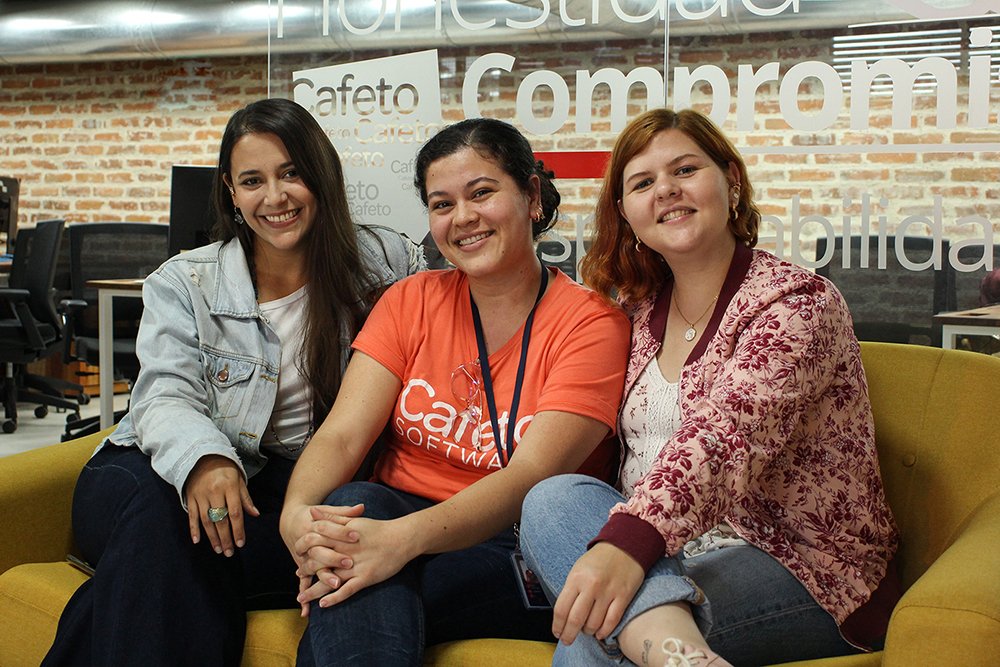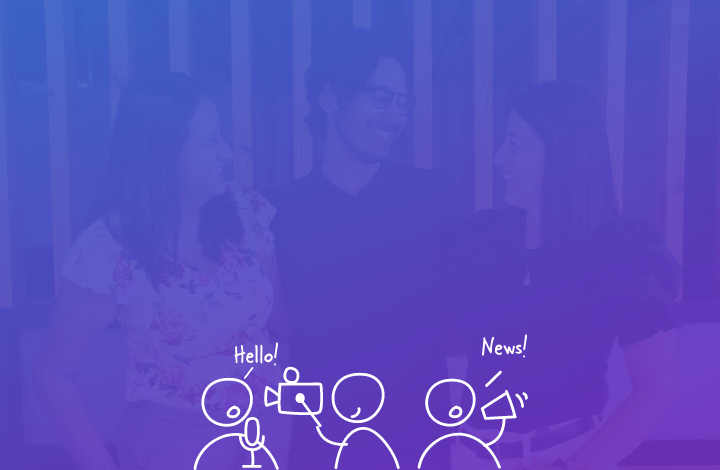October 14, 2021

Our Culture
Cafeto’s partnership with LinkedIn takes recruitment to the next level

Cafeto is a Colombian software development company whose mission is to provide a value-added service that gives clients a growth advantage while promoting the integral development of our professionals. As a result of our partnership with LinkedIn, we have been able to accelerate our growth in the past year, offering better and faster resources to our customers.
Before implementing LinkedIn’s solutions, our challenge was to position our brand and raise awareness of our work culture, an essential pillar for attracting talent. With LinkedIn, we have been able to find these candidates and position the culture and services to a network of nearly 8,000 professional followers.
Cafeto and LinkedIn Now
LinkedIn is now one of our main talent attraction tools for Cafeto, where we have been able to expand information, prospecting, valuable content and be a point of reference, which has contributed positively to the publication of jobs, the daily life of Cafeto, news, our services, achievements, growth, and has opened the possibility of acquiring talent.
This network has helped us to position the brand in the market, recruit qualified talent, and grow agilely as a team. As an added value, it provides us with all the necessary tools to get the required talent efficiently.
“We decided to use LinkedIn’s solutions because of the access it gives us to the best resources available in the market. Much of our growth has been leveraged on LinkedIn solutions.”
– Luis Perez, CEO, Cafeto Software.
Cafeto Makers say…
Catalina Tobón, Sales & Marketing Director: “It’s a primary tool today for B2B positioning. It brings us conversion and visits to the website. It’s a lead generation tool.”
People Acquisition team: “LinkedIn provides us with up-to-date information about the profiles we are looking for in Cafeto. We receive 6 to 7 messages a day about our job openings, which helps us acquire talent. LinkedIn contributes to our brand positioning and sharing the content of interest. It is one of the most used networks in both Colombia and Mexico, countries where our team is located.”









